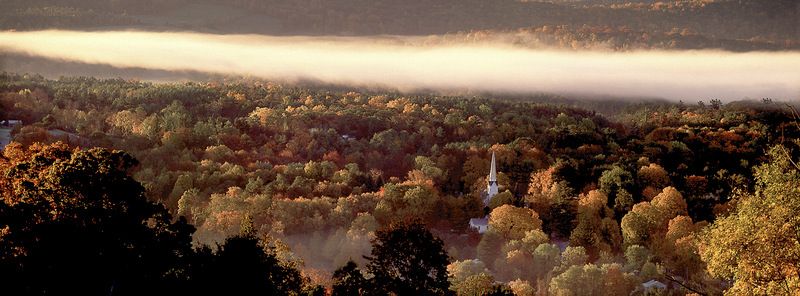

Major Renovations
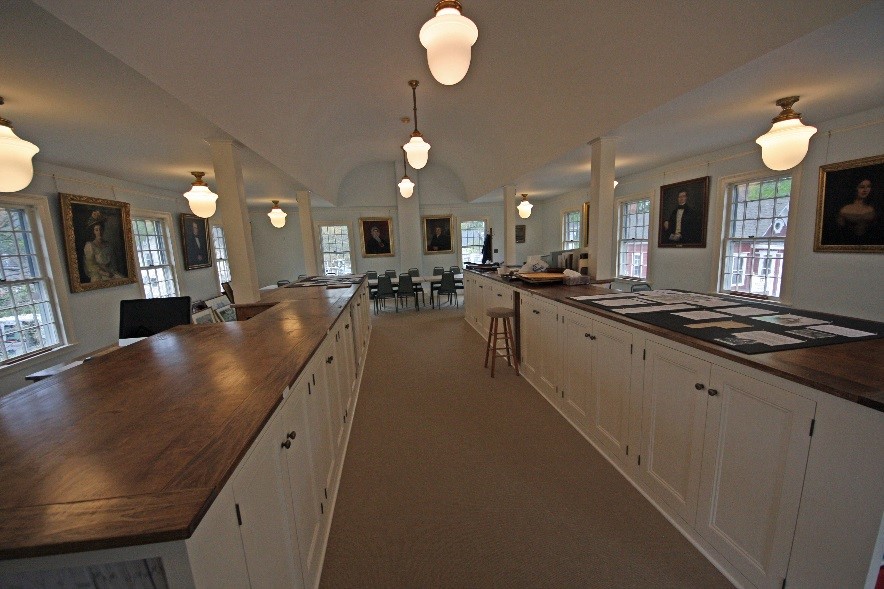
When the Holley-Williams House was sold in 2010, many museum artifacts were moved into the Academy Building. Renovation of the interior space became a priority because of severe overcrowding. In 2011, Chris Brennan, a trustee and interior designer specializing in historic preservation, designed and oversaw a two-year renovation project. The first floor reception area, computer room, and restroom were updated, and the exhibit space upgraded with an inventive system for displays. David and Bobbie Olsen and their Family Foundation generously funded the extensive renovations.
Circuit Court fixtures on the second level were replaced with wooden storage cabinets designed to meet our specific needs and those of our collections. With appreciation for Bobbie’s many contributions, both in connection with the renovation project and as a long- time trustee, the second floor space was named The Bobbie Olsen Room in her honor.
Recent Projects
Meeting Table, 2013
A magnificent 300 year-old white oak tree at the Town Grove blew down during a storm in 2010. Inspired to make use of the wood, the Association commissioned David Bowen, a master woodworker at the Salisbury Artisans, to design and make a 16-foot meeting table. Elaine and Louis Hecht funded the project. Ed Herrington donated use of his company’s lift to help town crews move the table top into the building.
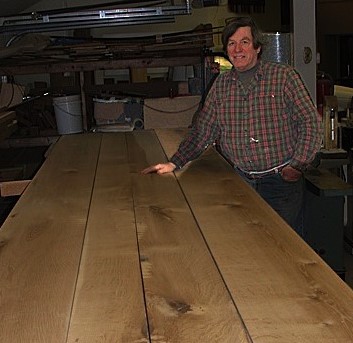
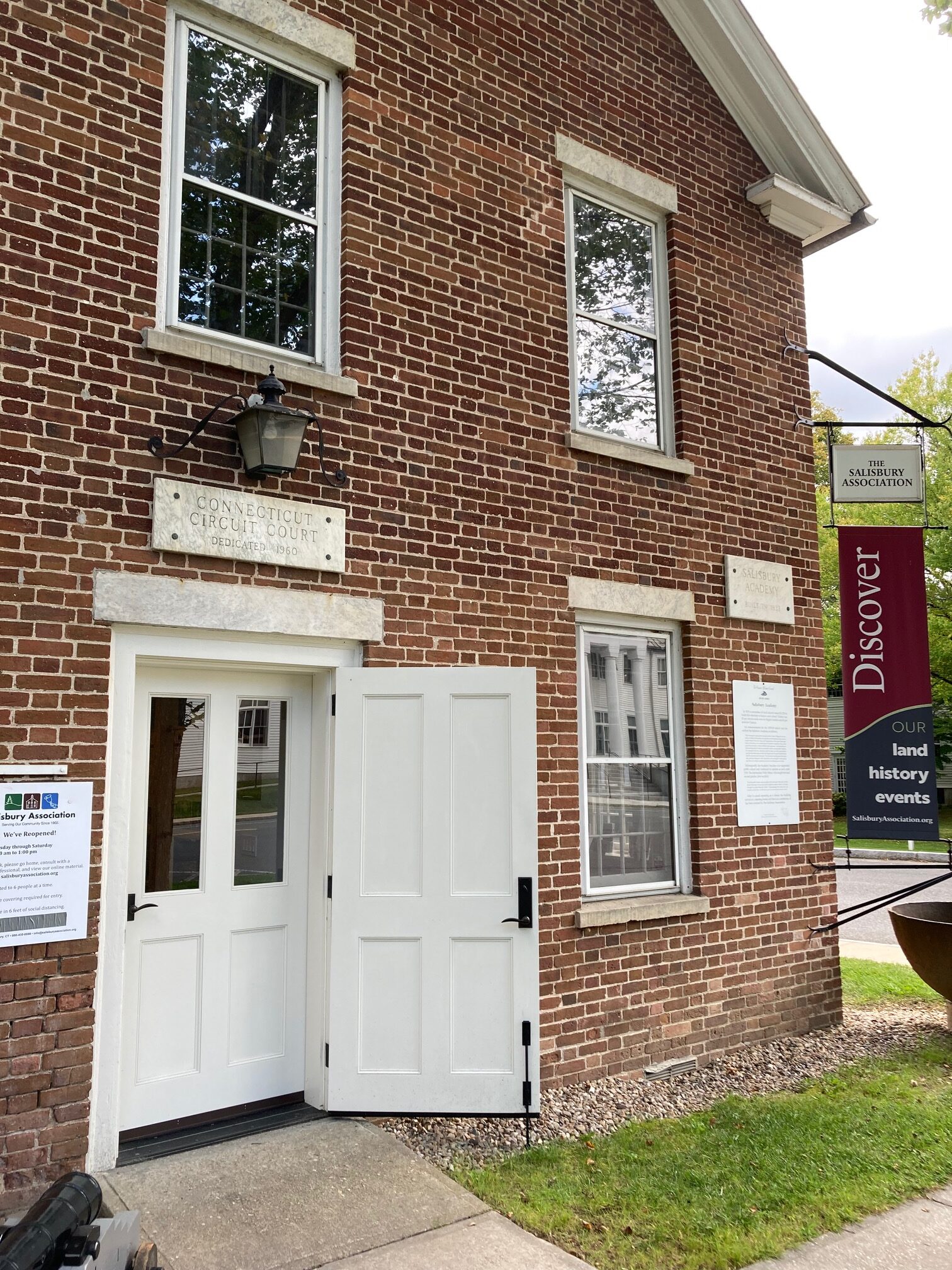
New Doors and Banner Hardware, 2020
When the Association needed to replace inappropriate entrance doors and add a new banner to the Academy Building exterior that would be in keeping with its historical purpose and era, we were fortunate to find local craftsmen of exceptional skill to help us.
Bert Fitch
Bert Fitch, a master woodworker, made three exterior doors for the Association in 2020. Chris Brennan created an historically-appropriate design, typical of a 19th Century Academy, and Bert used historic methods, mortise and tenon joints, to bring the design to life. He also generously donated much of his labor required to fabricate the doors.
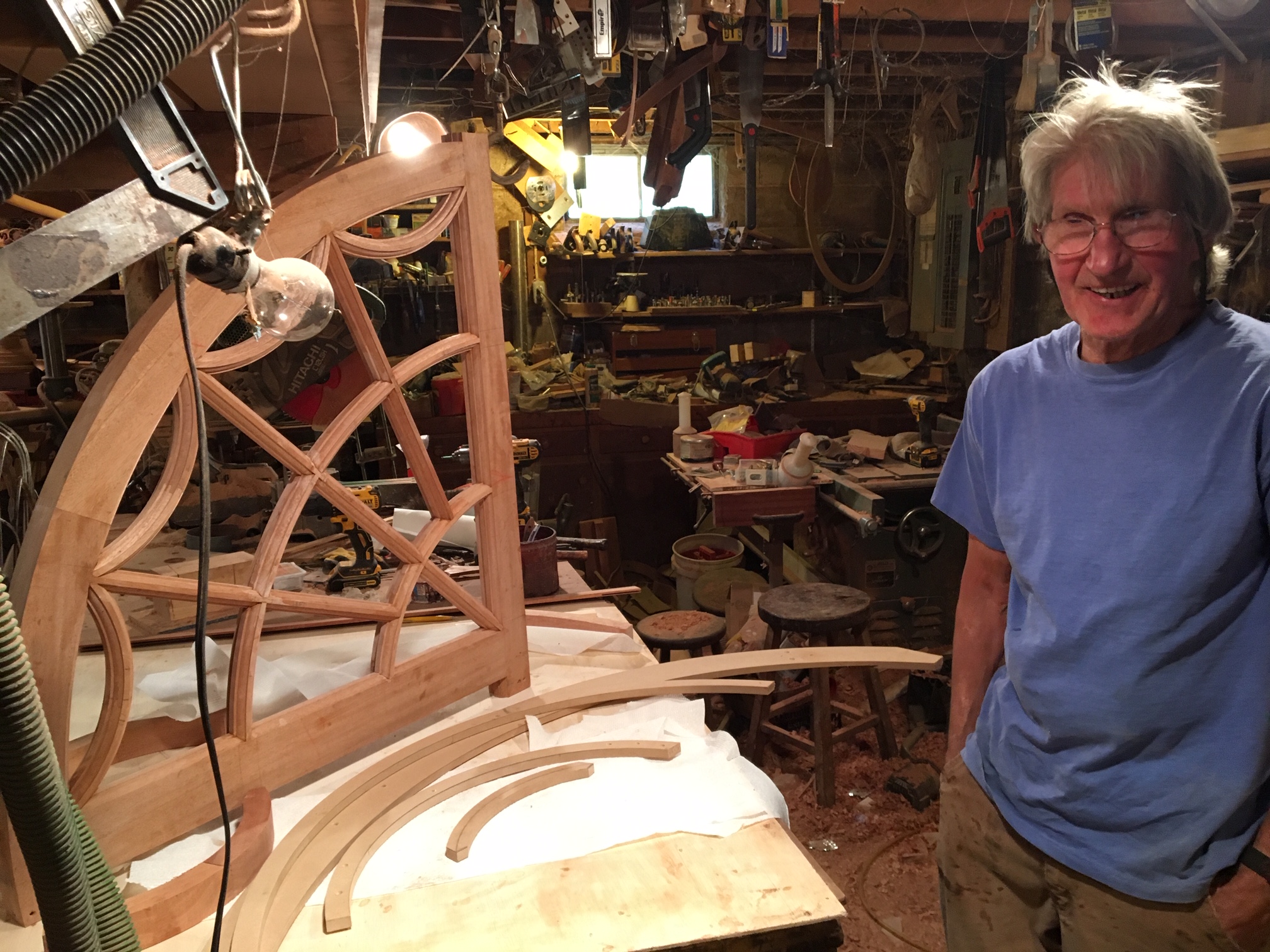
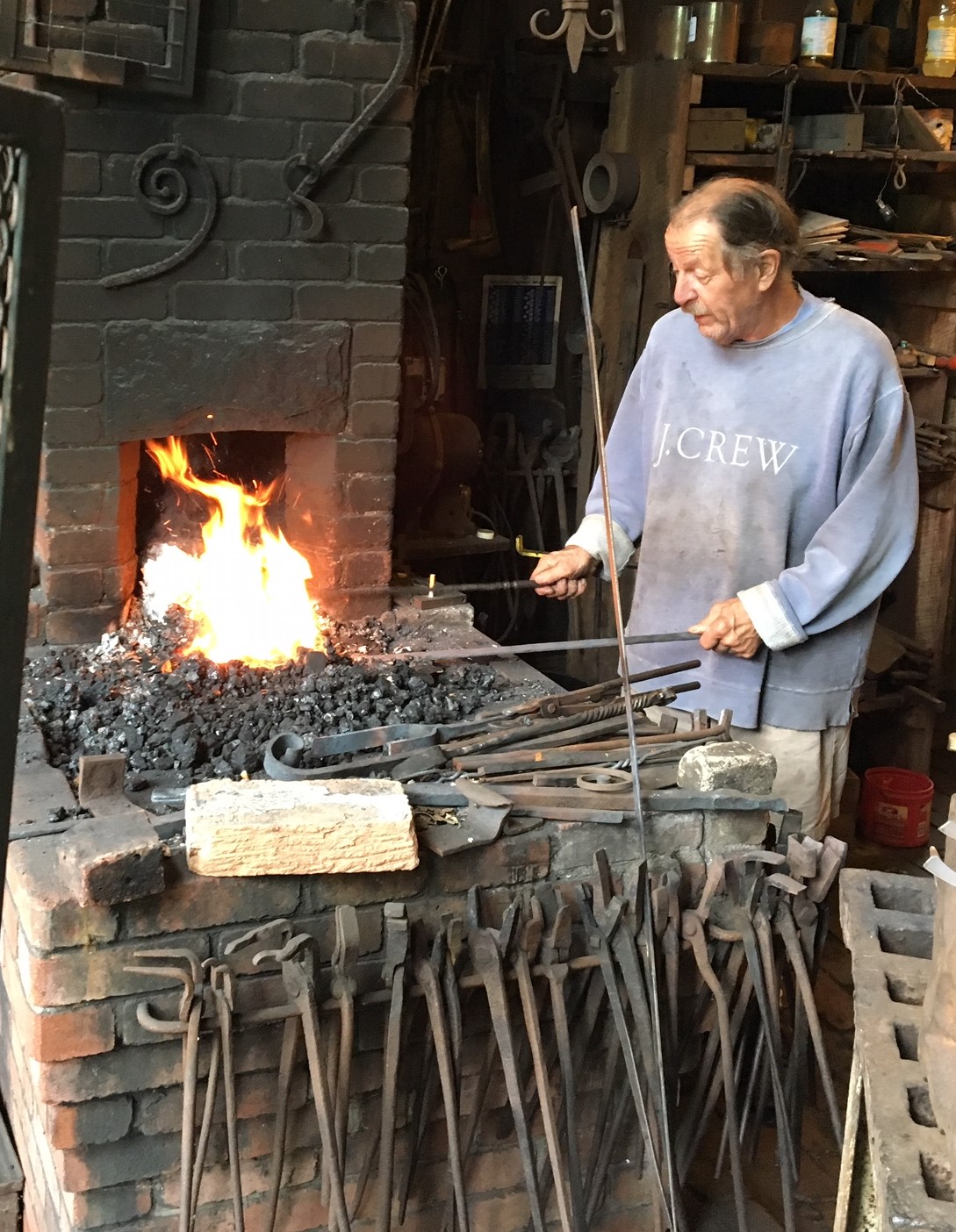
William Trowbridge
William Trowbridge, a master ironworker, made hand-forged hardware for the Salisbury sign installed many years ago. When asked to help us with a new banner for the building, he forged matching hardware and devised a special system for making adjustments. William gifted the handsome hardware that allows us to hang a modern banner that still seems appropriate for the historic building.







